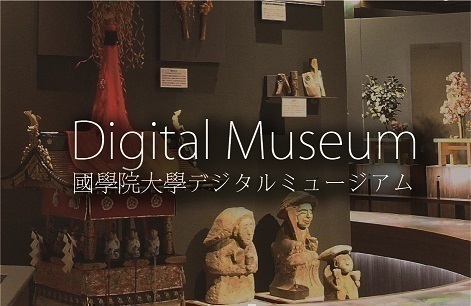- トップ
- Encyclopedia of Shinto
- Mutobe Yoshika
Encyclopedia of Shinto
| Main Menu: | |
| Links: |
詳細表示 (Complete Article)
| カテゴリー1: | 8. Schools, Groups, and Personalities |
|---|---|
| カテゴリー2: | Personalities |
| Title | Mutobe Yoshika |
| Text | (186-63) Scholar of National Learning (kokugaku) of the Hirata school in the late Edo period. Born in 1806 as the son of Mutobe Tokika, a Shinto priest (shikan) of the shrine Mukō Jinja in Otokuni District, Yamashiro Province, in what is now Kyoto Prefecture. In 1823, at the age of eighteen, Mutobe became a disciple of Hirata Atsutane, and thereafter persevered in his studies, ultimately occupying an important position within the Hirata school in the Kansai region. While being influenced by Atsutane's theories regarding otherworldly cosmology, Mutobe also formulated a vision of Shinto centered on the local tutelary shrine (ubusuna), based on his own position as a priest of a local tutelary. This concept of Shinto was one in which the tutelary shrines of each region had jurisdiction over all things pertaining to the parishioners of their domains, from life, to wealth, to the soul after death. In his later years, Miyaji relinquished his priestly role to his adopted son Yoshifusa, and established a private academy of Shinto studies in the Sanbongi region of Kyoto, where he fostered the education of disciples. In 1862 he presented a petition to revive a school of National Studies called the Shinshūsha and the Jingikan (Department of Divinities) to Maeda, lord of the Kaga Domain. Miyaji, however, died on the twenty-eighth day of the eleventh month of the following year, at the age of fifty-eight. He was the author of Zama gairon (General Survey of the Zama), Ken'yū junkōron (Discourse on the Philosophy of the Order of the Tangible and Intangible Realms), Ubusunasha kodenshō (Notes on Old Legends of Tutelary Shrines), Michi no hitokoto (A Brief Commentary on the Way), and Kodō hongi (Basic Principles of the Ancient Way), among other works. - Takeda Hideaki |




